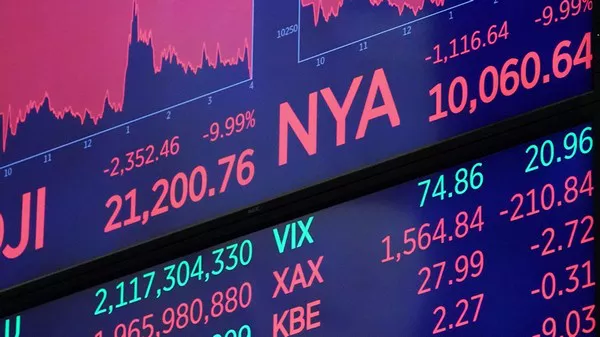On a turbulent Tuesday, the U.S. stock markets faced significant upheaval, with the Volatility Index (VIX) witnessing a remarkable surge. Meanwhile, the S&P 500 dipped below its June 8th level, while the Dow Jones Industrial Average edged closer to its critical 200-day moving average. These developments have raised concerns about the possibility of a ‘stagflationary setup’, according to an analysis published on Tuesday.
The analysis highlights several pivotal factors contributing to the current market scenario. These include the mounting levels of credit card debt, impending student loan payments, and the rising yield on the 10-year Treasury note. These financial pressures are viewed as potential triggers for a stagflation scenario, characterized by high inflation rates combined with stagnant demand.
The decline of the S&P 500 marks a significant reversal from its recent peak on July 31st. This downturn reflects the broader market volatility, as clearly evidenced by the sharp rise in the VIX, often referred to as Wall Street’s ‘fear gauge’.
DataTrek’s analysis of the VIX further reinforces this point. The research firm’s findings suggest that investors are growing increasingly concerned about potential market risks, leading to heightened levels of uncertainty and market turbulence.
The Dow Jones Industrial Average’s proximity to its 200-day moving average also serves as a potential harbinger of turbulence on the horizon. This key technical indicator holds a watchful eye from traders, who see it as a measure of long-term market trends.
While these indicators paint a challenging picture for the market environment, investors remain vigilant, closely monitoring these trends in the days and weeks ahead. The convergence of these factors – the rise in credit card debt, impending student loan payments, and the upward trajectory of the 10-year Treasury yield – could significantly influence the direction of U.S. stock markets in the near future.


